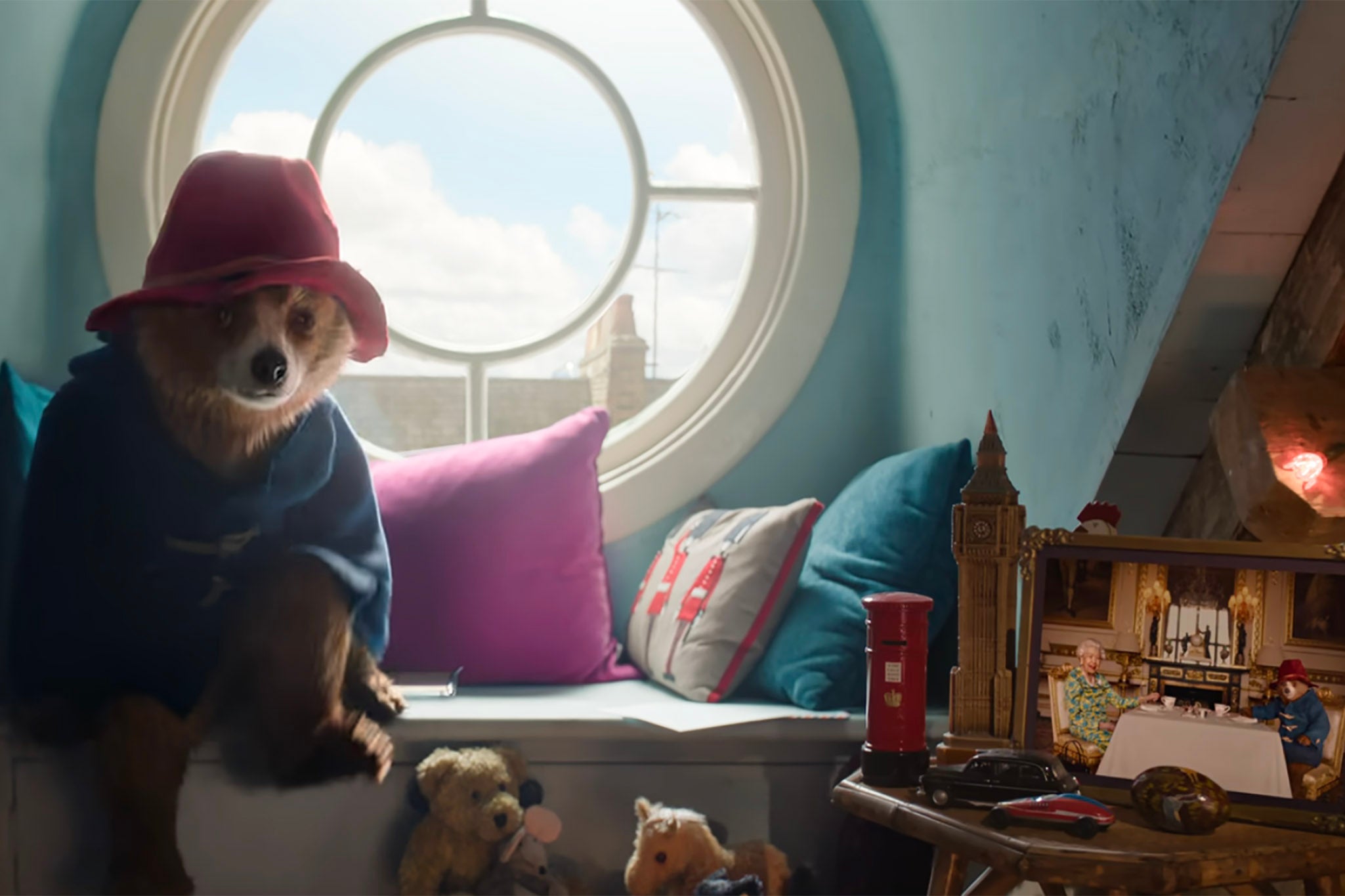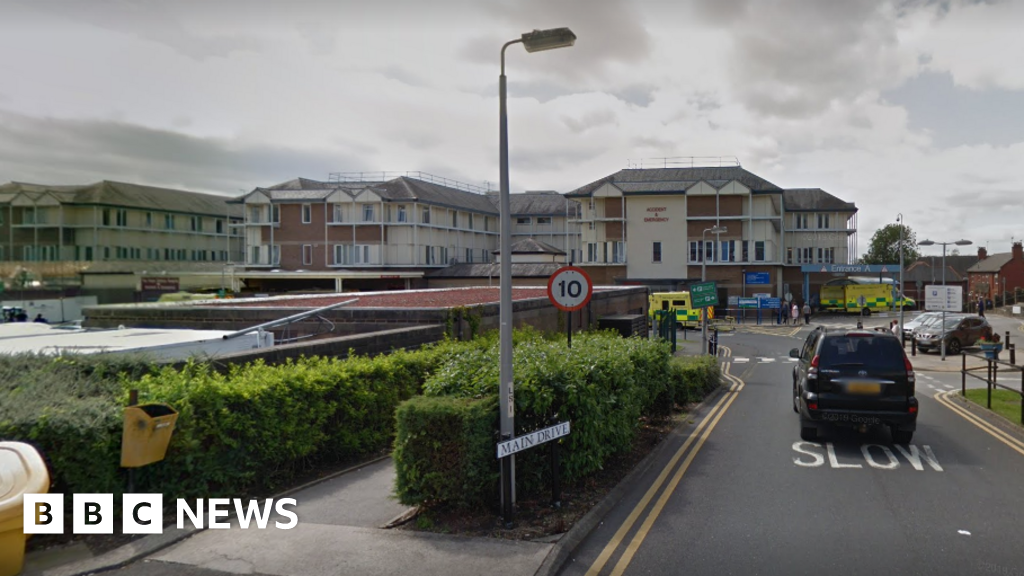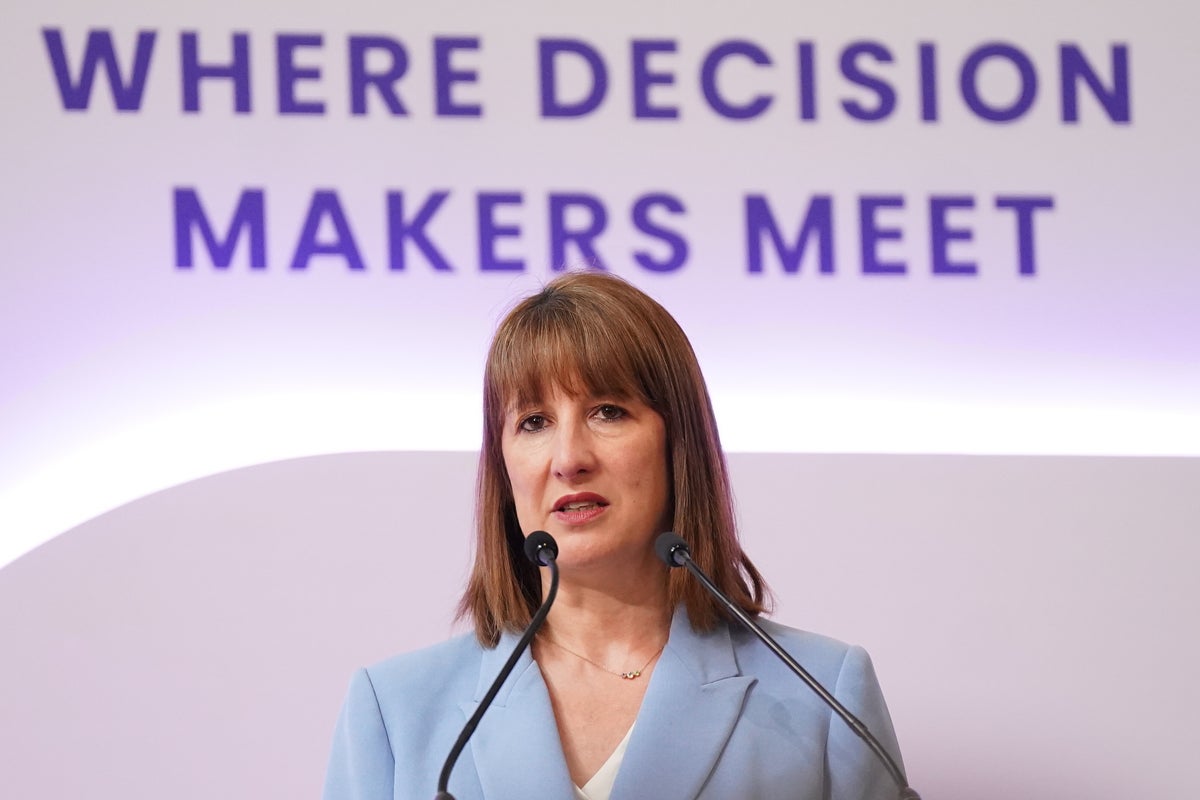Where you stand on Paddington Bear can be discerned by the early stages of Paddington in Peru, last year’s flat sequel to the critically acclaimed Paddington 2. We glimpse the bear curled up in the window of his Notting Hill abode, writing a letter to his elderly aunt, near a carefully positioned photograph of him and the late Queen Elizabeth II. The subtext is now text, the film posits: Paddington is an establishment ursidae, a cosy symbol of all that is British, and so much so that he’s drinking tea with royalty. A delight, you may say. Bleurgh, if you’re more cynical.
Before I go any further, I should preface this by saying I once adored Paddington, and everything that he stood for. He’s an undeniable rascal, drawn as a bashful, bemused bumpkin in Michael Bond’s original stories by illustrators including Peggy Fortnum and RW Alley, while the first two Paddington films – which propelled the bear back into cultural dominance in 2014 and 2017, respectively – are modern classics. Twee, yes, but in that elegantly posh-core way of a Richard Curtis movie, and stocked with creative slapstick, gentle humour and brilliantly moustache-twirling performances from Nicole Kidman and Hugh Grant as bear-hunting supervillains.
So why, then, do I now despair at Paddington? See his silly little face and wince? Partly it’s to do with the sheer proliferation of the guy, his presence on UK high streets rivalling only American candy shops and branches of Betfair. The news that a Paddington musical is about to hit the West End promises only more of the Paddington glut – more keyrings, more pencil cases, more billboards at train stations and airports declaring him the closest thing a largely secular country has to a lord and saviour.
It’s annoying enough, but the wider problem is the way in which Paddington has become more than a bear in the past decade or so. The release of the first two Paddington films coincided with Brexit and increased anti-immigration rhetoric in the political sphere – it made sense that liberals would cling to a fictional illegal immigrant from “darkest Peru” as a lifeline for pro-immigration sentiment, likewise the depiction of an open-arm response to Paddington by native Brits in the films. Paddington and Paddington 2 represented what Britain is, the claim went, and what it could be once again. Real-world parallels were easy to find in Paddington Bear from the off – Bond had been inspired to create the character after witnessing Jewish immigration in the Second World War, as well as flocks of London children being evacuated to the countryside – but Brexit sent them into overdrive.
Paddington Bear, though, is a mostly benign political figurehead. As much as he is inherently political due to his immigrant identity, Paddington is also punishingly apolitical; a money-making brand designed to appeal to all – he is someone who prefers soft, symbolic defiance over real action. He is the pink pussy hat of anthropomorphic animals. Fundamentally, of course, we shouldn’t be talking about fictional children’s characters in such a way. But here we are.
The real rot began to set in when he had lunch with the Queen – it’s this sketch, filmed for the Platinum Jubilee in 2022, from which the photo in Paddington in Peru stems. It muddied the waters a little. If Bond’s original stories depicted the establishment – meaning the police and immigration officials – as scary figures who either misunderstand or are eager to apprehend Paddington for the apparent crime of being in the country illegally, what’s he doing cosying up with literal royalty?

This was followed by the bizarre and oddly inescapable illustration of Paddington and the Queen walking together hand-in-hand – subsequently appropriated online in the wake of the Queen’s death, with some iterations sporting the caption “I’ve done my duties Paddington, please take me to my husband”. It recast Paddington as a kind of Grim Reaper figure ferrying the poor woman to the great beyond. Was it simple post-Covid madness? It’s not hard, after all, to see parallels between our heralding of Paddington and our brief and ultimately cursed love affair with Captain Tom Moore and his walkabouts of woe. And I suppose it’s a relief that the image of Paddington hasn’t become entirely mangled in ill repute – as far as I know, he and the Brown family haven’t yet tried to build a luxury pool and spa with the public’s coffers.
But the slight stench surrounding the character has lingered. Today Paddington embodies a kind of milquetoast apoliticism, a deference to the royal family, and a toothless soft-defiance to society’s ills. Burn the system down? Gosh, no. You stare at it angrily before getting back to your marmalade. In 2025, everyone is angrier about the state of things, everyone is poorer, and hope is in short supply. And then there’s Paddington, still beating the drum for “can’t we all get along over tea?” decency. There’s simply no place for it anymore.



